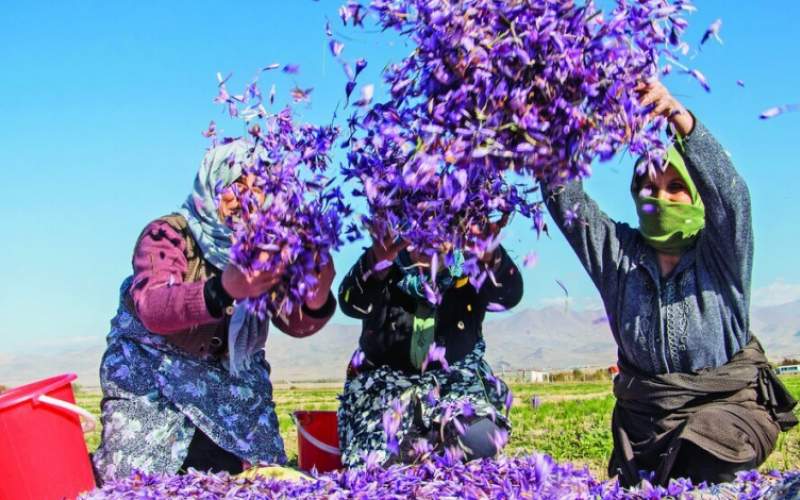The Iran Project
: Climate change has cut saffron production in half in the world's largest supplier of the most expensive spice which may cause wide effects on global cuisine patterns.
Friday 29 December 2023 - 18:06
Story Code : 410278
Source : The Iran Project
Shortage of Iranian saffron and impacts on global cuisine
About nine-tenths of the world’s saffron comes from Iran. It is known as “desert gold” due to its ability to grow in drier climates and is prized for its powerful aroma, rich flavor, and deep color.
But changing weather patterns and water shortages are having a dramatic effect on the industry, according to producers and traders, leading to significant falls in yields that have pushed the price of the world’s most expensive spice to fresh highs, Financial Times reported.
Accordingly, the price of premium saffron has increased as a result, to $1,400 per kilo domestically, double what it cost last year. The same amount can be $1,800 overseas.
Growing prices would affect exports, including to China, the biggest overseas buyer of Iranian saffron. Arab countries, Spain and Italy are also among big consumers.
Iran’s saffron which is one of the Iranian agricultural symbols is of high quality and exported to one-third of the world’s countries.
Saffron is known for various titles such as the flower of health, king of spices, and red gold.
Widely consumed in Persian cuisine for its distinct aroma, color, and taste, the Iranian-made “red-gold” is exported to 65 countries,
Reporter : Fatemeh Khoshroo
# Tags











